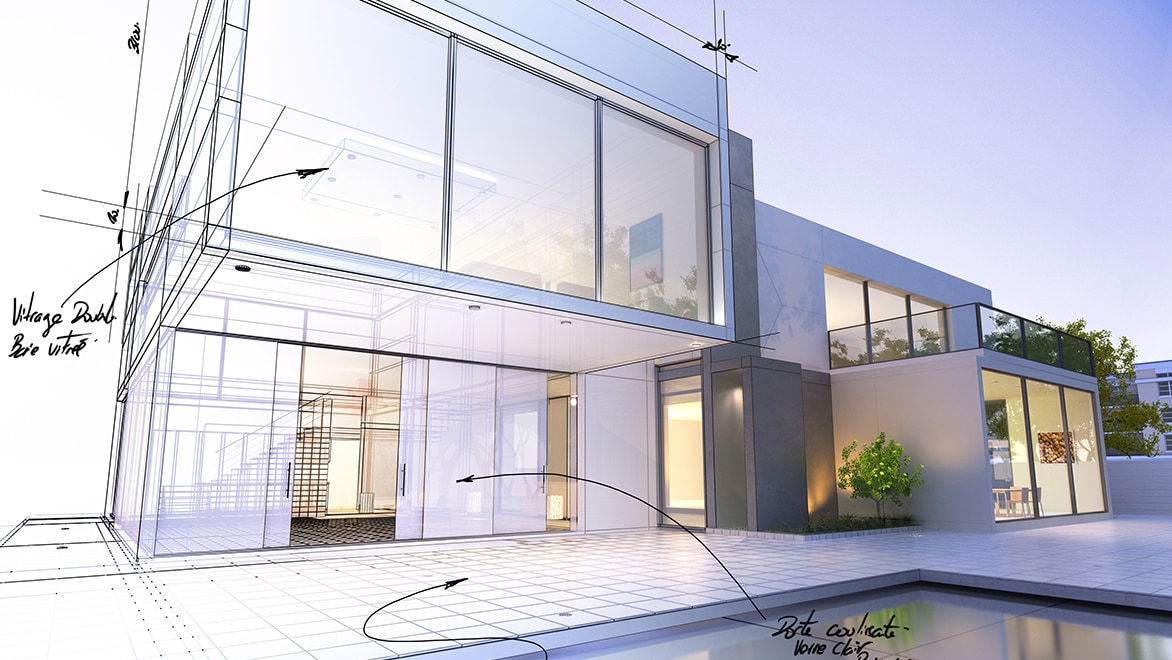Exactly How CDA Architects Deliver Cutting-Edge Solutions for Lasting Design
Exactly How CDA Architects Deliver Cutting-Edge Solutions for Lasting Design
Blog Article
Understanding the Collaborative Process In Between Designers and Designers in Modern Construction Projects
The collective process in between designers and designers is essential in modern building and construction tasks, as it integrates style intent with design usefulness. Discovering these characteristics reveals insights that could substantially affect job outcomes and general market requirements.
The Relevance of Cooperation
The collective harmony in between designers and engineers is crucial for the successful awareness of any kind of construction job. This partnership combines distinctive expertise and perspectives, making it possible for the combination of ingenious style with functional design options. By collaborating, designers and engineers can make sure that a project not only meets visual and useful requirements yet likewise complies with security, sustainability, and monetary restrictions.
Collaboration fosters a shared vision, helping with the alignment of objectives and expectations from the start. This placement is vital in dealing with possible difficulties and mitigating risks that might occur throughout the project lifecycle. Additionally, a collective strategy enables the effective allotment of sources, optimizing both time and cost.
The significance of cooperation encompasses the iterative process of layout and construction, where comments from designers can notify architectural choices, resulting in even more feasible and lasting layouts. Conversely, designers can influence engineers to think creatively concerning exactly how to accomplish architectural honesty without endangering artistic intent. Ultimately, the collective partnership between engineers and designers is not merely useful; it is fundamental to the development of high-grade, useful, and ingenious developed atmospheres that fulfill the demands of culture.
Communication Strategies and Tools
Effective communication methods and tools are vital for fostering collaboration in between engineers and designers throughout the project lifecycle. Developing clear networks of interaction is vital to make sure that all employee are lined up with task purposes, timelines, and duties. Regular conferences, both in-person and digital, offer possibilities for stakeholders to talk about progress, address problems, and make educated decisions.
Using project monitoring software, such as BIM (Structure Information Modeling) systems, enhances partnership by enabling real-time sharing of design adjustments and technological specs. These devices promote openness, permitting architects and engineers to picture modifications and evaluate their impact on the total job.

Shared Goals and Task Vision

Establishing shared goals includes open dialogue and a detailed understanding of each technique's contributions. Engineers commonly concentrate on layout intent, spatial relationships, and individual experience, while engineers emphasize structural honesty, systems performance, and compliance with laws (cda architects). When these point of views are straightened, the outcome is a natural job that follows both creative aspirations and technical expediency
Additionally, a distinct project vision fosters accountability amongst staff member, encouraging each participant to take possession of their function in attaining the preferred end result. Routine check-ins and collective workshops can further reinforce this dedication, enabling adjustments to be made as the project advances. Inevitably, a shared vision not just improves teamwork but additionally boosts the top quality of the final deliverable, causing effective job conclusion.
The Function of Modern Technology
Leveraging technology has actually become essential in improving collaboration in between designers and designers. Structure Details Modeling (BIM) stands out as a pivotal modern technology, enabling both architects and engineers to produce comprehensive 3D models that encapsulate Visit Website design intent and structural integrity.
In addition, cloud-based systems make it possible for seamless cooperation, allowing project stakeholders to gain access to and upgrade task information from anywhere. This cultivates a culture of transparency and liability, as adjustments can be tracked and assessed in real-time. Additionally, mobile applications more boost communication, giving on-site groups with immediate accessibility to task specifications and updates.
Arising modern technologies such as man-made intelligence and artificial intelligence are additionally starting to contribute in anticipating evaluation, assisting groups identify possible concerns before they develop. Ultimately, the duty of innovation in architecture-engineering cooperation not just boosts process efficiencies yet additionally boosts technology, resulting in more effective project outcomes. By accepting these technological advancements, architects and engineers can make sure a much more cohesive and productive collective procedure throughout the building and construction lifecycle.
Study in Effective Collaborations
Various study see post highlight the extensive influence of efficient partnerships in between architects and designers on project end results. One notable example is the collaboration on the High Line in New York City City, where landscape architects, designers, and city organizers collaborated to change a deserted railway right into a vibrant public park. This multidisciplinary method not only boosted the visual quality but likewise made sure structural security and environmental sustainability.
Another exemplary instance is the design and construction of the Sydney Opera Home. The partnership in between designer JÃ ¸ rn Utzon and structural engineer Ove Arup exemplified cutting-edge analytical. Their collaboration enabled the iconic shell-like design while resolving complex engineering difficulties, ultimately leading to a timeless architectural masterpiece.
The Burj Khalifa in Dubai better demonstrates the importance of collaborative efforts. cda architects. The assimilation of style and engineering experience made it possible for the project group to achieve extraordinary elevations while adhering to safety and security guidelines and aesthetic vision
These instances highlight the relevance of communication, trust, and shared purposes. In today's complicated building setting, such partnerships are important to navigating challenges and providing projects that satisfy both practical and visionary goals.
Conclusion
In conclusion, the cooperation between designers and engineers is crucial for the success of modern building tasks. Effective interaction techniques, anchor a shared job vision, and the integration of sophisticated technologies are vital parts that promote this partnership. By fostering a society of liability and leveraging devices such as Building Details Modeling (BIM), teams can navigate job complexities, making certain that aesthetic, functional, and sustainability purposes are attained. Ultimately, this synergy brings about cutting-edge and successful job results.
Report this page